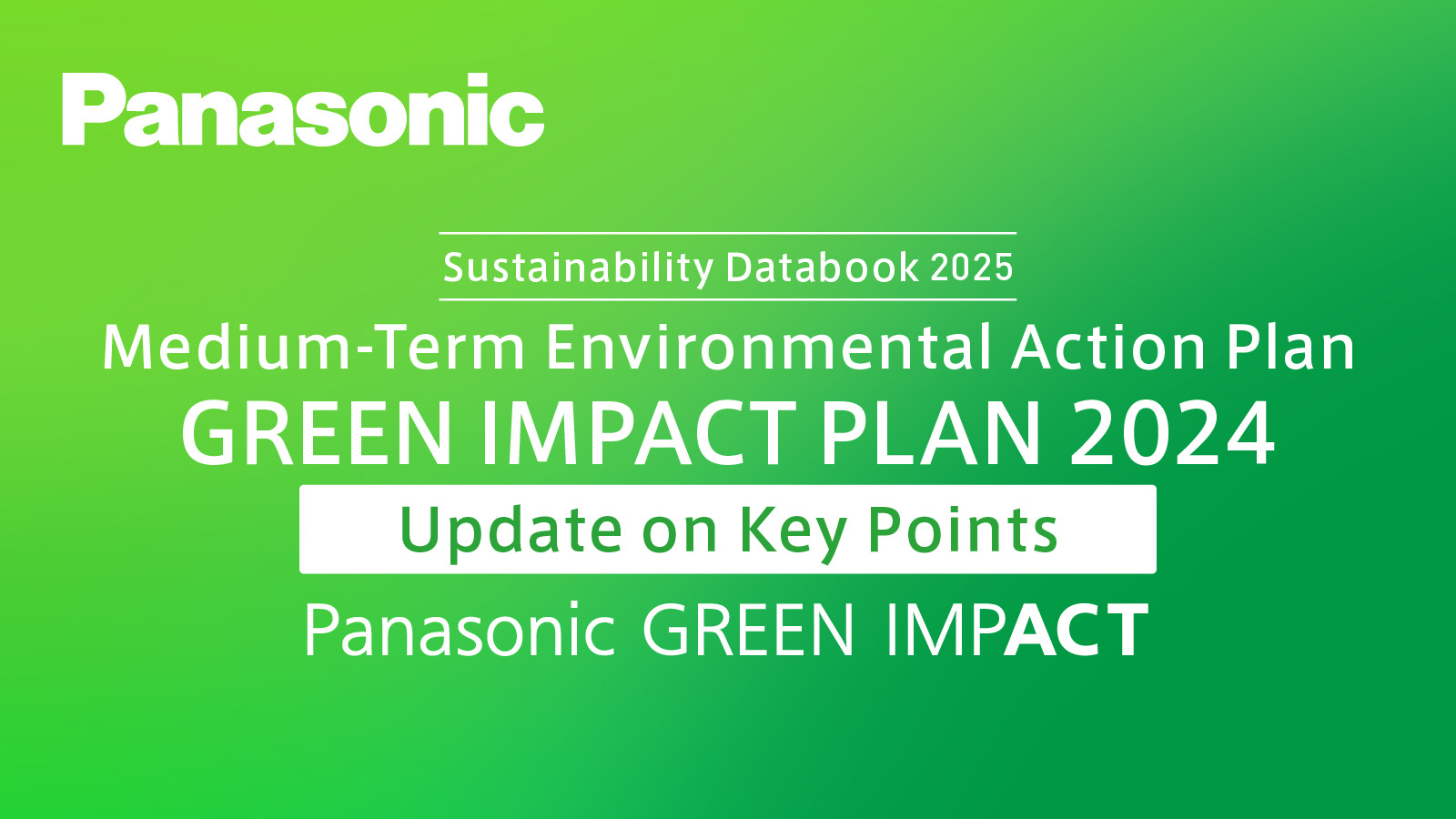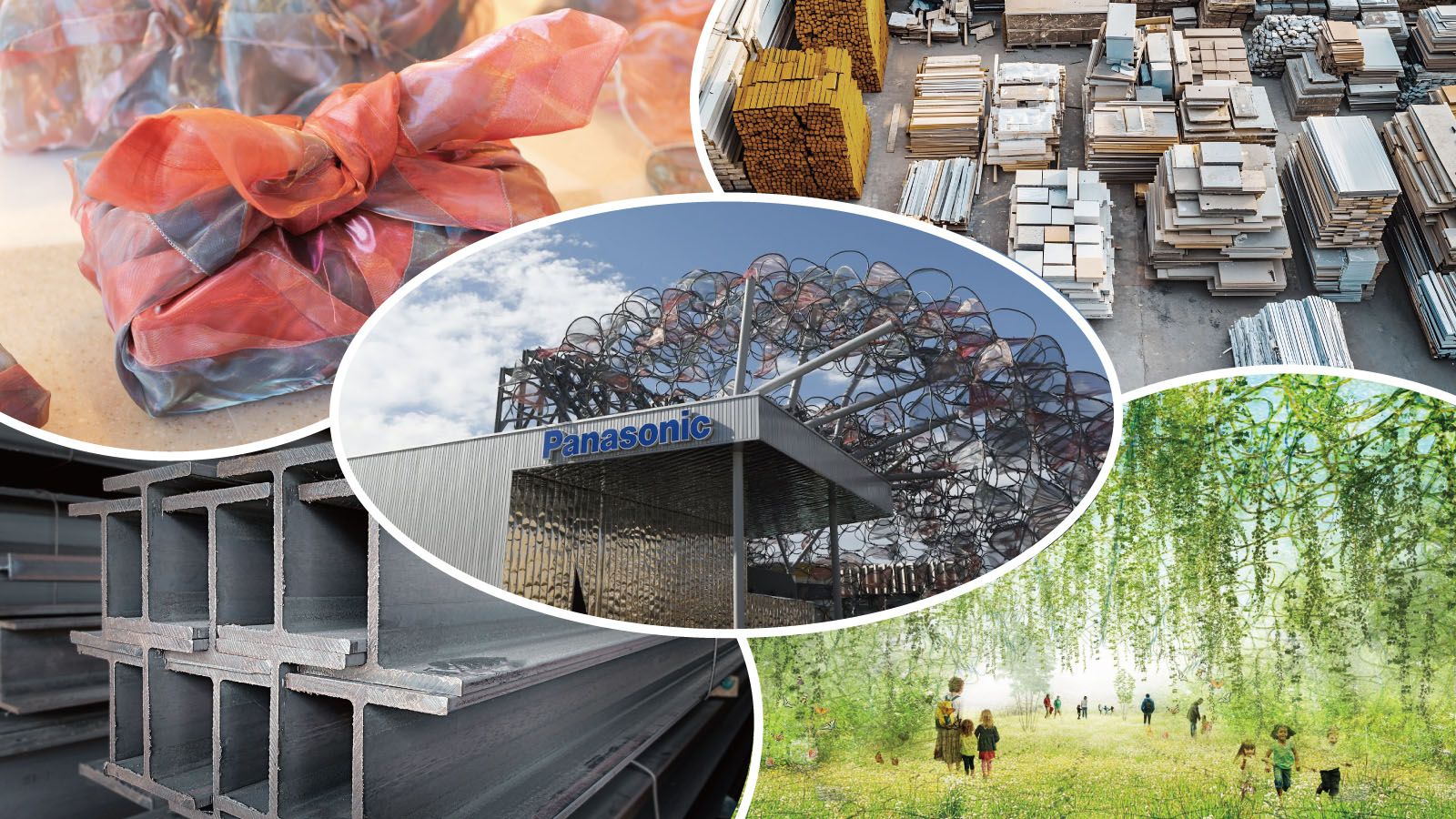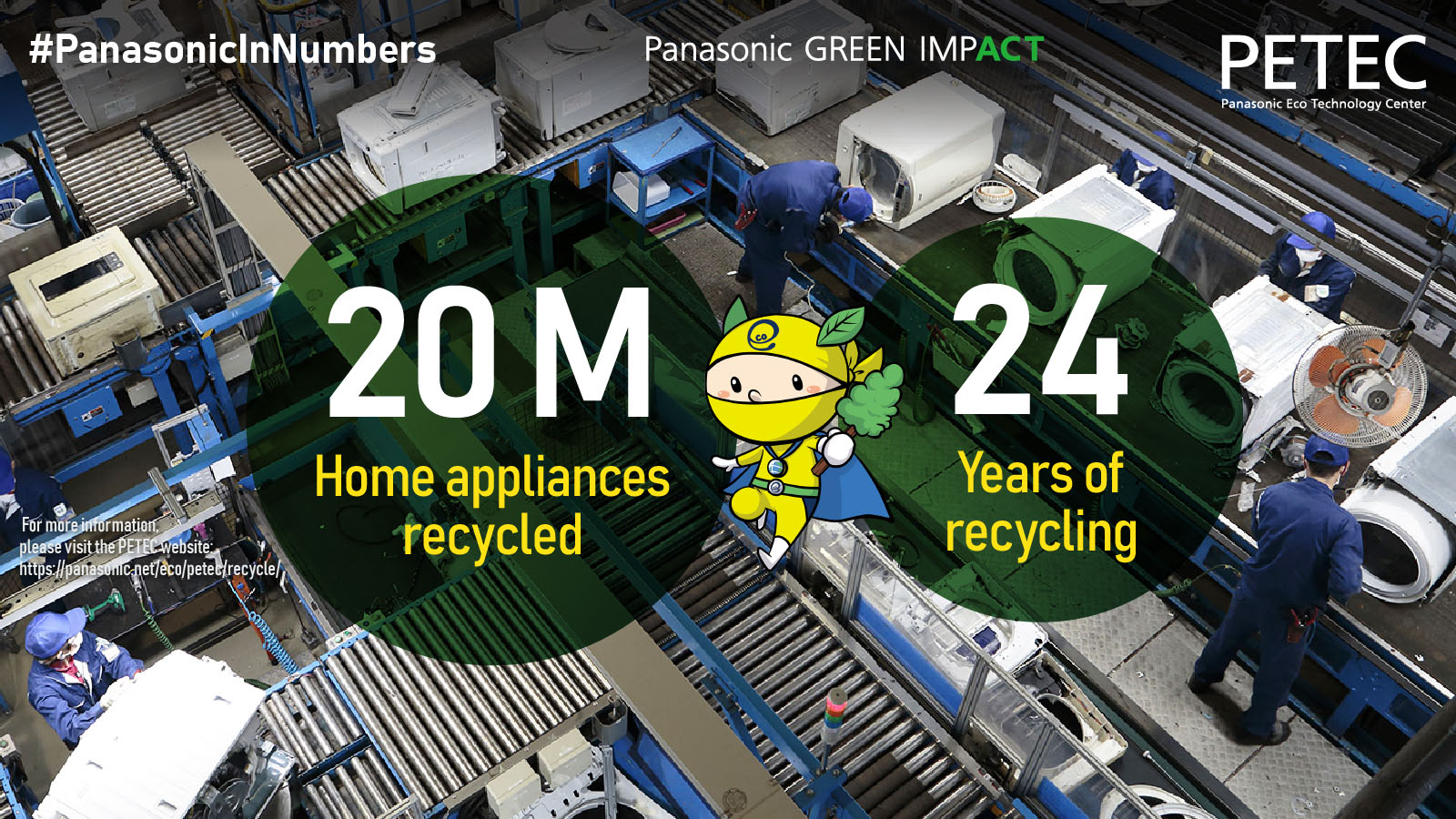Osaka, Japan – Panasonic Corporation (Head office: Minato-ku, Tokyo; President and CEO: Masahiro Shinada) today announced that it will implement an Internal Carbon Pricing (ICP) system on a trial basis starting in fiscal 2024, the year ending March 2024. The system aims to accelerate the competitiveness of businesses that contribute to carbon neutrality (decarbonization) and a circular economy, and uses the amount of Scope 3* CO2 emissions reductions in the company’s entire value chain and the level of contribution to CO2 reduction in society as criteria for investment decisions. Panasonic’s pilot ICP system will set the carbon price at 20,000 yen per ton of CO2 and will first be introduced in the Living Appliances and Solutions Company, and then phased in after fiscal 2025.
In pursuit of both affluent lifestyles and solutions to social and global issues, Panasonic is striving to make more energy-efficient and longer life-cycle products, accelerate electrification, and efficiently use hydrogen and other clean energy sources. The pilot ICP system will be adopted independently according to the characteristics of each business, in addition to the Group’s common ICP system designed for capital investment decisions in Scopes 1 and 2*. Panasonic will make strategic investment decisions with CO2 reduction effects in mind, focusing on areas that go beyond individual products and are expected to reduce Scope 3 CO2 emissions, such as combining longer life-cycle product design and a circular business model, as well as areas that accelerate contributions to reducing CO2 emissions in society.
During fiscal 2024, the company plans to invest in businesses that contribute to decarbonization and a circular economy using the pilot ICP system at the Living Appliances and Solutions Company, which is engaged in the home appliances business, and to verify the effectiveness of the system in order to improve it. In fiscal 2025, the implementation of the system will be gradually expanded for future company-wide deployment. Panasonic will adopt an ICP system that best fits the characteristics of its businesses, prioritizing long-term investments in businesses that contribute to decarbonization and a circular economy.
In order to fulfill its mission of achieving the well-being of people, society, and the planet, Panasonic aims to create a society that enables both well-being and sustainability. With the twin pillars of decarbonization and a circular economy, the company will continue to promote businesses that contribute to the global environment from a long-term perspective.
*Classification based on the GHG Protocol (a standard for calculating and reporting greenhouse gas emissions)






![[Video] TOYOTA ARENA TOKYO is born! Where next-gen sports experiences happen](http://news.panasonic.com/uploads/tmg_block_page/cover_image/18092/tat-main.jpg)




